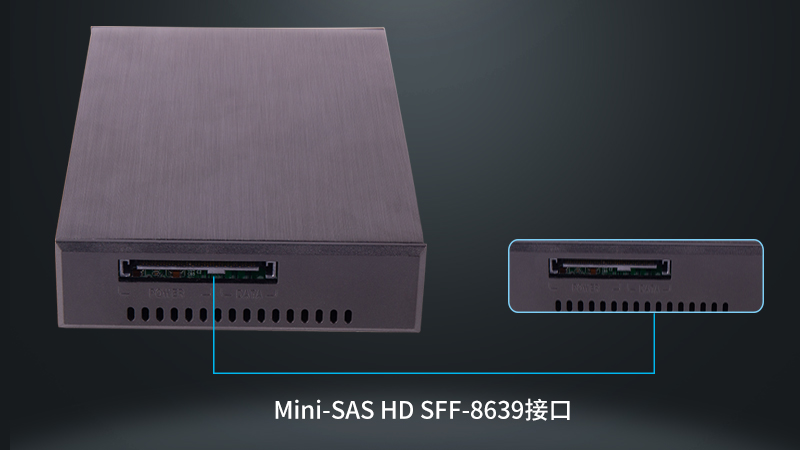The invention of NVMe(Non-Volatile Memory Express) hard drive enclosure stems from the challenge to the performance bottleneck of traditional SATA interface SSD HDD. As the performance of SSD continues to improve, the data transmission speed of SATA interfaces cannot meet the requirements of high-performance SSD.
To solve this problem, NVMe interface is designed, which is optimized for non-volatile memory to achieve higher data transmission speed and lower delay. NVMe interface allows PCI Express to communicate directly with the system processor by using SSD bus, bypassing the limitations of traditional SATA interface, thus achieving faster data transmission speed and higher performance.

Compared with traditional SATA Volatile Memory Express, NVMe(Non-HDD enclosure) HDD enclosure has several distinct features:
Higher speed: NVMe HDD enclosure supports PCIe interfaces and has higher data transmission speed than SATA interfaces. This means that NVMe HDD enclosure can provide faster read/write speed and speed up file transmission and loading.
Low latency: NVMe HDD enclosure uses more advanced communication protocols and instruction sets to reduce data access latency. This means that the system can respond to and process data requests faster when using NVMe HDD enclosure.
Higher performance: because NVMe HDD enclosure uses more advanced technologies and interfaces, it has higher performance when processing large amounts of data. This makes NVMe HDD enclosure perform better in processing large files, video editing, and game loading.
Supports multiple specifications: NVMe hard disk boxes generally support multiple sizes of NVMe SSD HDD, such as M.2 2280 and M.2 2230, which are compatible with different specifications of NVMe SSD HDD.
Heat dissipation design: some NVMe hard disk enclosures have built-in heat dissipation devices, which can effectively dissipate heat and maintain the stable operation of NVMe SSD HDD.

